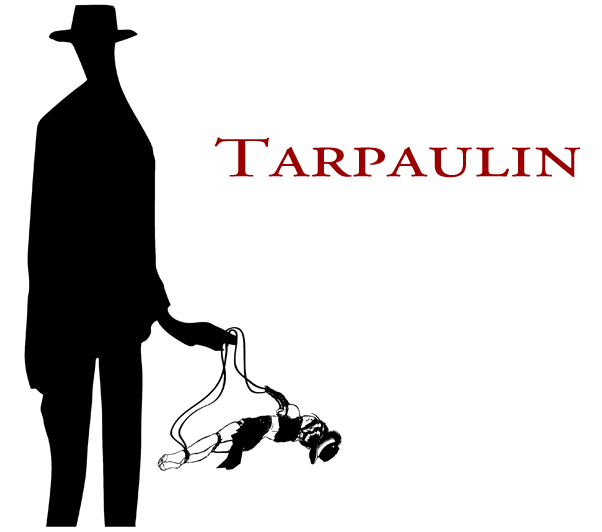 I, Afterlife: Essays in Mourning Time
I, Afterlife: Essays in Mourning TimeKristin Prevallet
Essay Press, 2007
ISBN: 9780979118913
$12.95
Reviewed by Megan Burns
Kristin Prevallet delves into loss and grief in this collection of essays and poems I, Afterlife: Essays in Mourning Time, where a stunning precision in language cracks open the elegy exposing both its limitations and its necessity. Prevallet begins by turning first to another poet, Alice Notley, allowing Notley’s “At Night the States” to function as an echo that reverberates around the edges of this text. Notley’s dedication to poetry and her direct handling of death become a springboard in this book, launching Prevallet into her uncovering of how the elegy performs on the page. Prevallet boldly confronts the reader’s expectations by heading straight into the burning core of this text: how to make sense of the suicide of her father, if such a process can even be approached. “Preface” begins the book with a narrative that outlines the events surrounding her father’s suicide and tries to define how sublimation works in regards to grief: “this is elegy,” the poet announces. In part one, “Forms of Elegy” Prevallet tries to understand the language of grief, exploring how emotion is handled within the form and how solid words try to capture the inexplicable. She even questions the function of poetry to communicate this at all:
There is a connection between the insect and my father that goes
----------beyond the physical presence of one and the absence of the other.
I know precisely what that connection is.
But you, in reading this, may never know.
I may refuse to reveal the truth of what I am mourning.
This statement forces the reader to examine what exactly is being revealed and what is being withheld; the loss of the father and the violence of his suicide become the surface for whatever murky waters lay beneath. This is how elegy speaks, Prevallet says, again and again throughout the text, but she also asserts that the voicing of grief does little to fill the holes in the story or to bring light to that which remains veiled in mist.
Prevallet’s spatial relation to grief is sharply condensed in this text as the reader is forced to confront at a rapid pace a movement that took the author several years to express on the page. The effect is startling and troubling; Prevallet’s language tears into the body and then seeks to keep the wound from healing. Visually, the layout of the book is jarring as black pages stand out starkly against the white space surrounding her text reminding the reader not only of the traditional Western mourning color but constantly drawing the eye of the reader back to the illusion of black and white interpretations. As well, the images that accompany, “Crime Scene Log” unnerve and throw the reader off balance. The grayscale, grainy images are presented as though they reveal something about the text directly below them, but what that is remains unclear. Are we seeing the crime scene or the lack of the crime, and what can be contained within these precise squares with their varying hues? Prevallet challenges the reader to “see,” and the lack of clarity is as frustrating as the author’s desire to know her father’s mind the day of his suicide. In these squares, Prevallet suggests that there are large spaces that are neither black nor white, and by looking into them the reader experiences the mind’s desire to make sense where there is none. One may discern a square, a grave, an asphalt lot, an ultrasound, a ghostly mirage, but how does the interpretation match the description of the police officer’s report about the crime given below each picture. Ultimately, the images and the words speak two different languages.
“What is the language used to describe a person who has deceased?” Prevallet asks bringing the reader’s attention to language’s ability to create a gap between experience and communication. Words literally are abandoned within part two’s poem “The Distance Between Here&After” as Prevallet tries to talk about the “unspeakable,” but she returns to words acknowledging that these are her tools for navigating through the gaps in her life:
------------------------------Commence. Again.
One more Time. Start over. Here.
This text is an investigation into the elegiac form and its context within the process of grieving; it offers no solution, but instead circles like a season haunted by loss that turns into another with no pause for the particulars of death.
***
Megan Burns holds an MFA from Naropa University. Her book Memorial + Sight Lines was recently released by Lavender Ink(http://www.lavenderink.org/). She has poems in Exquisite Corpse, Constance Magazine and YAWP Journal. She co-hosts the 17 Poets! reading series in New Orleans (http://www.17poets.com/) and runs Trembling Pillow Press with poet Dave Brinks.




